It is often taken for granted that the meaning of the word “museology” is generally understood in the same way by everyone. However, one needs only to peruse various museological and museum-related publications to conclude that more than a century and a half after one of its earliest uses in Georg Rathgeber’s Aufbau der Niederländischen Kunstgeschichte und Museologie (Structure of Dutch History and Museology, 1839), there is still much disagreement on what is etymologically speaking “the study of museums”.
A number of surveys conducted during the course of the last five decades confirm the various and varied understandings that museologists and museum professionals have of “museology”. Thus, over the years, museology has been defined as an art, a practice, a science, an applied science, a science in the making, etc. Its object of study has also been at the heart of many discussions. For some authors, museology deals with everything that touches upon the museum (its history, its organisation, its functions, its role, etc.) or some of its key areas of activity (collections, conservation, exhibitions, etc.). Others have suggested that it is in fact the “musealised” object (musealia) that should be museology’s true object of study while another more philosophical view, initially advocated by a number of Eastern Europeans (i.e. Anna Gregorova, Zbyněk Stránský), is that museology deals with the specific relation between man and reality, in which the museum is but only one form of its expression.
The lack of a common understanding on what constitutes museology is further compounded by the fact that various languages use the word differently. French author André Desvallées, for instance, observes that in countries where there exists no specifically recognized profession, such as curators in France, the term is often simply linked to those exercising a museum profession (Desvallées, 1998: 234-235). Moreover, some languages have introduced into their vocabulary words that, although not exact synonyms of museology, are nonetheless interpreted that way by some authors and translators. Thus, expressions such as “museum studies” and “museumwissenschaft” (museum science) have surfaced, allowing for certain nuances to be made but also, somewhat paradoxically, adding to the confusion.
The semantic evolution of “museology” and of the ensuing imbroglio surrounding its meaning can perhaps be best explained through its gradual, though not yet complete, emancipation from a term to which it has long been associated: museography. Indeed, the word “museography”, which appears in writings more than a century before “museology”, has long been considered by many to be a synonym. The close association of the two words has deep historical roots; both have often, over the course of nearly two centuries of co-existence, been used indistinctively to designate the same thing. However, much like museology, the definition of museography has evolved over time.
Zbyněk Stránský (1980: 43) and a few others have observed that museologists have a lack of interest in the history of their discipline. This is confirmed by the dearth of information which still exists on the history of museology. Dutch author, Peter van Mensch, wrote in his doctoral dissertation of 1992 that “[t]he introduction of the term museology and its related term museography is not very well documented” (van Mensch, 1992: chap. 2). It is indeed true that few authors have delved into the matter. The doctoral thesis of Canadian Lynne Teather (1984) and van Mensch’s own dissertation are, in fact, two of the first studies to cast some light on the early uses of museology and museography. More recently, we must acknowledge the work of Belgian François Mairesse who has published a number of articles on the subject, including “Brève histoire de la muséologie, des Inscriptions au Musée Virtuel” (A Brief History of Museology, from the Inscriptions to the Virtual Museum, 2005), which he co-authored with André Desvallées and which must be considered one of the foremost texts dealing with the history of the two terms.
This article intends to shed further light on the early uses of the words “museology” and “museography” by compiling the findings of existing research as well as presenting the results of the present author’s investigations that have uncovered a few little-known occurrences of the terms. It will begin by underlining the importance of the work conducted in Germany as early as the 16th century, as well as discussing the importance of the German language itself in the origins of both words. The article will then focus on literature from the early 18th century to the late 1930s, with particular emphasis on French and English writings, and will demonstrate how contemporary confusion of what is “museology” and “museography” finds its origins in early museum and museological writings. The following diagram, while not exhaustive, may be used as a reference tool to help the reader follow the text and understand the context in which the words are used.
World War II will unfortunately bring to an almost grinding halt the sudden momentum of museology and museography which begun in the late 19th century and will more or less signify the end of a slow and irregular evolution of both co-existing concepts. As a result of the war, museum courses and programs will be suspended or terminated (some already hurt by the economic situation), national and international association meetings will be cancelled, and the publication of periodicals such as Mouseion will be shelved.
In the aftermath of the 1939-1945 hostilities, the descriptive and practical dimensions of museography and museology will continue to co-exist and will do so for the decades to come. However, beginning in the 1950s, the discipline or practice known as “museology” will commence a long introspective process aimed at finally defining it and legitimizing it before those who neither understand nor see the usefulness of a “museum science”. The pioneer work of Czech Jiri Neustupny, Questions de muséologie moderne (Questions of Modern Museology, 1950), which can be considered the first real theoretical work on museology, will mark an important first step in this direction.
The regional seminar on the educational role of museums held in Rio de Janeiro in 1958 and jointly organised by UNESCO and the successor of the OIM, the International Council on Museums (ICOM), will be a first opportunity for an international discussion on the meaning of the two words. Georges Henri Rivière, now Director of ICOM, and also Director of the seminar will guide the discussions which will lead to the distinction between museology, “the branch of knowledge concerned with the study of the purposes and organization of the museums” and museography, “the body of techniques related to museology” (Rivière, 1960: 12). It is interesting to note that the French version of the report on the seminar will use the word “science” instead of “branch of knowledge” when referring to museology, thus again highlighting a conceptual difference between the English and French languages. This notion of “science” already mentioned by some authors as early as the 19th century will gain further ground and will be at the heart of numerous debates in the decades to come, some authors refuting such notion, others embracing it without always being clear on what actually is understood by “science”.
East European authors such as Neustupny and Stránský will be early advocates of a museology guided by theory and whose object of study, in the case of Stránský, may actually go beyond the museum. Meanwhile, Canada, the United States and Western Europe will remain more focussed on the practical applications of museology, which may explain why the anglo-saxon countries will prefer to keep using “museum work” and “museum studies”. Questions linked to the methodology, the status and definition of museology, its object of study and its autonomy from other university disciplines will be central issues in the discussions that will take place in later years and that will see museology defined and redefined again.
International Scientific Electronic Journal, Issue 6, 2011 18 © Department of Cultural Technology and Communication, University of the Aegean
Main photo: Richard Ross
BIBLIOGRAPHY AND REFERENCES:
American Historical Review, 1895, “Notes and News”, October, 1/1, p.192-193. Aquilina, J., 2009, “Muséologie et muséographie : la tour de Babel ou les origines de la confusion”,
Muséologies – Les cahiers d’études supérieures, 4/1, p. 43-59.
Bazin, G., 1967, Le temps des musées, Desoer, Liège.
Bazin, G. 1975, Museology, Resource: Encyclopaedia Universalis, last visited 10 March 2009: http://www.universalis-edu.com
Bennett, T., 1995, The Birth of the Museum, History, Theory, Politics, Routledge, London and New York.
Billiet, Joseph, 1937, “Le Congrès National de Muséographie”, Bulletin des musées de France, July, 7, p.110-112.
Borrel, J. and Borrel F., 1932. La muséologie française – Tome 1er, Éditions des laboratoires Borrel frères, Paris.
Boucher, F., et al., 1937, Exposition internationale de 1937, Groupe I, Classe III, Musées et expositions. Section 1 : Muséographie, L’Amour de l’Art, Paris.
Brout, N., 2004, “Le traité muséologique de Quiccheberg” in Bruwier, M.-C. et al. (eds.), L’extraordinaire jardin de la mémoire, Musée Royal de Mariemont, Morlanwelz, p. 68-135.
Carle, P. and Metzener, M., 1991, “Lionel E. Judah and Museum Studies in Canada”, Muse, VIII/4, p. 71-74.
Coleman, L.V., 1939, The Museum in America – A Critical Study, vol. II, AAM, Washington D.C.
D’Argenville, A.J.D., 1727, “Le choix et l’arrangement d’un cabinet curieux en 1727”, June 1727, reprinted in Revue Universelle des Arts, 18 (1863), p. 163-178 D’Argenville, A.J.D., 1742, L’histoire naturelle éclaircie dans deux de ses parties principales, la lithologie et la conchyliologie, De Buré l’Aîné, Paris.
Desvallées, A., 1998, “Cent quarante termes muséologiques ou petit glossaire de l’exposition” in De Bary, O. and Tobelem, J.-M. (eds.), Manuel de muséographie.
Petit guide à l’usage des responsables des musées, Séguier, Biarritz, p. 205-251. Desvallées, A. and Mairesse, F., 2005a, “Brève histoire de la muséologie, des Inscriptions au Musée virtuel” in Mariaux, P.A. (ed.), L’objet de la muséologie, IHAM, Neuchâtel, p.1-53.
Desvallées, A. and Mairesse, F., 2005b, “Sur la muséologie“, Culture et Musées, 6, p. 131-155.
Dictionnaire de la langue française. XM Littré v.1.3, last visited 2 April 2009: http://francois.gannaz.free.fr/Littre/accueil.php.
Duris, P., 2001, Classer les botanistes. La Bibliotheca Botanica (1736) de Carl Linnaeus, Resource : Laboratoire Épistémé, Université de Bordeaux, last visited 3 April 2009: http://www.episteme.u-bordeaux.fr/publications_duris/Linnaeus.pdf
École du Louvre, The Ecole du Louvre – History, Resource : The École du Louvre, last visited 02 November 2011 http://www.ecoledulouvre.fr/en/friseen/histoire
Giovannonni, G., 1934, “Les édifices anciens et les exigences de la muséographie moderne”, Mouseion, 25-26/1-2, p.17-23.
Goode, G. B., 2008 (original version 1895), The Principles of Museum Administration, Elibron Classics.
Gorgus, N., 2003, Le magicien des vitrines – Le muséologue Georges Henri Rivière, Éditions de la Maison des sciences de l’homme, Paris.
Heller, J., 1970, “Linnaeus’s Bibliotheca Botanica”, Taxon, June 1970/9, p. 363-411.
Hooper-Greenhill, E., 1992, Museums and the Shaping of Knowledge, Routledge, London.
Jensen, V.T., 1980, “Points de vue muséologiques – Europe 1975”, in Sofka, V. (ed.), La muséologie – science ou seulement travail pratique du musée?, DoTraM, 1, ICOM, p. 6-10.
Leroi-Gourhan, A., 1936, “L’ethnologie et la muséographie”, Revue de synthèse, February, XI/1, p. 27-30.
Lewis, G., 1980, in Sofka, V. (ed.), La muséologie – science ou seulement travail pratique du musée?, DoTraM, 1, ICOM, p. 26-27.
Linnaei, C., 1736, Bibliotheca Botanica, Apud Solomonen Schouten, Amsterdam. Mairesse, F., 2002, Le musée, temple spectaculaire, Presses Universitaires de Lyon, Lyon.
Mairesse, F., 2004, “La muséalisation du monde“ in Bruwier, M.-C. et al. (eds.), L’extraordinaire jardin de la mémoire, Musée Royal de Mariemont, Morlanwelz, p. 11-34.
Major, J.D., 1674, Unvorgreiffliches Bedencken von Kunst – und NaturalienKammern insgemein, Joachim Reuman/Acad. Burchdr., Kiel.
Maroevic, I., 1998, Introduction to Museology – The European Approach, Verlarg Dr. Christian Muller-Straten, Munich.
Mendes da Costa, E., 1776, Elements of Conchology or an Introduction to the Knowledge of Shells, Benjamin White, London.
Mensch, P. van, n.d., “Museology as a Science”, unpublished (?).
Mensch, P. van, 1992, Towards a Methodology of Museology (Ph.D. thesis), University of Zagreb, last visited 7 August 2011: http://www.muuseum.ee/et/erialane_areng/museoloogiaalane_ki/ingliskeelne_kirjand/p_van_men sch_towar.
Mensch, P. van, 2006 (January 23), The First Use of Museology, Resource: author’s personal blog, last visited 10 December 2010: http://petervanmensch.blogspot.com
Mensch, P. van and Meijer-van Mensch, L., 2010, “From Disciplinary Control to Co-Creation – Collecting and the Development of Museums as Praxis in the Nineteenth and Twentieth Century”, in Petterson, S., et al. (eds.), Encouraging Collections Mobility – A Way Forward for Museums in Europe, Finnish National Gallery, Helsinki, p. 33-53.
Murray, D., 2000 (original version 1904), Museums – Their History and their Use, Pober Publishing, Staten Island.
Neickelio, C. F., 1727, Museographia oder Anleitung zum rechten Begriff und nützlicher Anlegung der Museorum oder Raritäten Kammern, translated from German by E. Giovannini, 2005, CLUEB, Bologna, p.62- 422.
Organisation internationale des musées, undated, Muséographie – Architecture et aménagement des musées d’art, 2 vol., Société des nations.
Oxford English Dictionnary, last visited 4 April 2009: http://dictionary.oed.com Pinault-Sorensen, M., 1998, “Dézallier d’Argenville, l’Encyclopédie et la Conchyliologie”,
Recherches sur Diderot et l’Encyclopédie, 24/24, p.101-148.
Poncelet, F., 2008, Regards actuels sur la muséographie d’entre-deux-guerres, Resource: CeROArt, no 2, last visited 10 July 2011: http://ceroart.revues.org/565
Rathgeber, G., 1839, Aufbau der Niederlandischen Kunstgeschichte und Museologie, Verlag von G.F. Grossman, Weissensee.
Rivière G.H., 1960, “Report by the Director of the Seminar”, in UNESCO Regional Seminar on the Educational Rôle (sic) of Museums (Rio de Janeiro – 7-30 September, 1958) Educational Studies and Documents no 38, UNESCO, Paris.

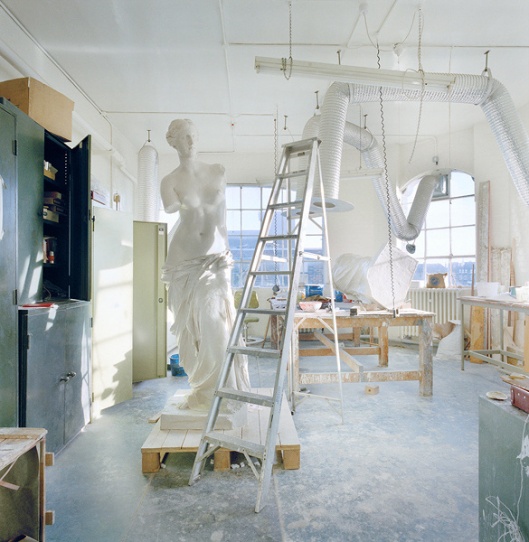


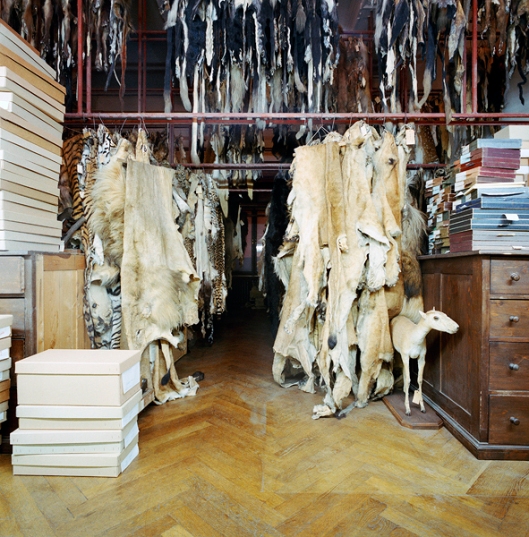
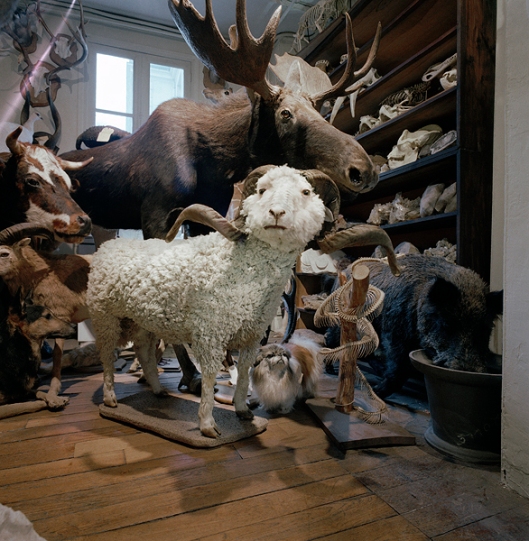
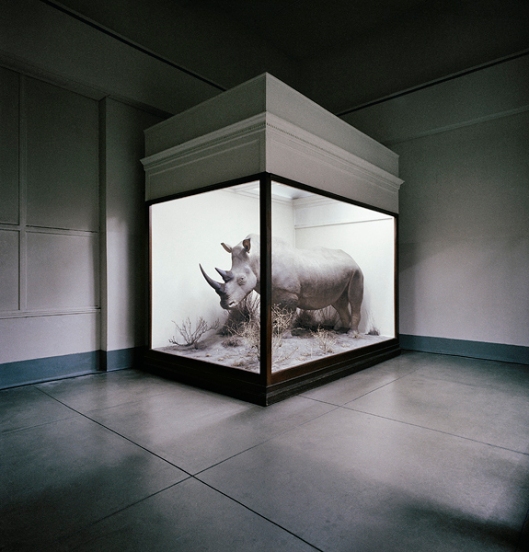
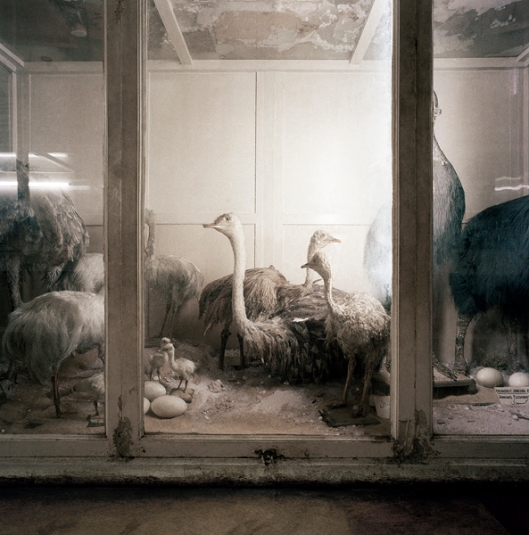
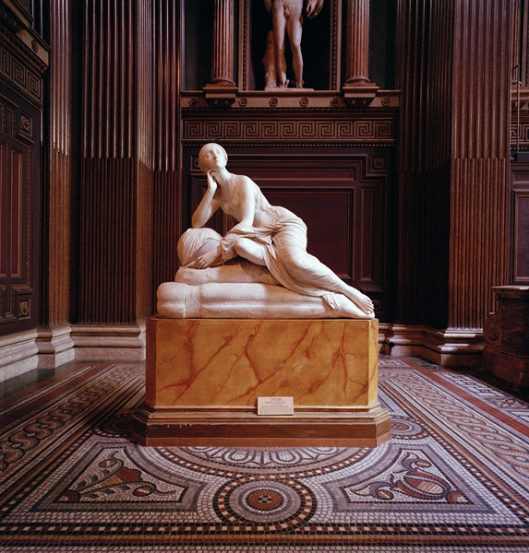
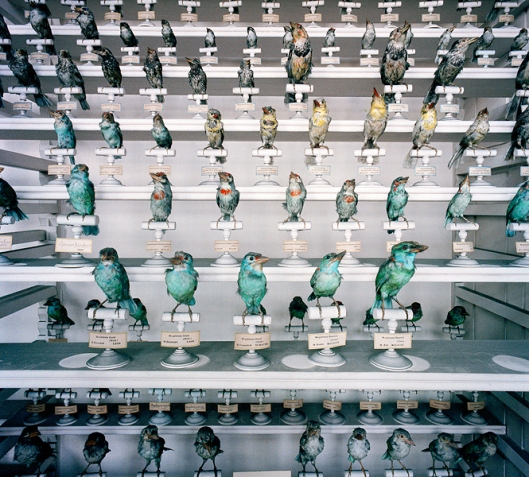

http://forexrogue.com
LikeLike